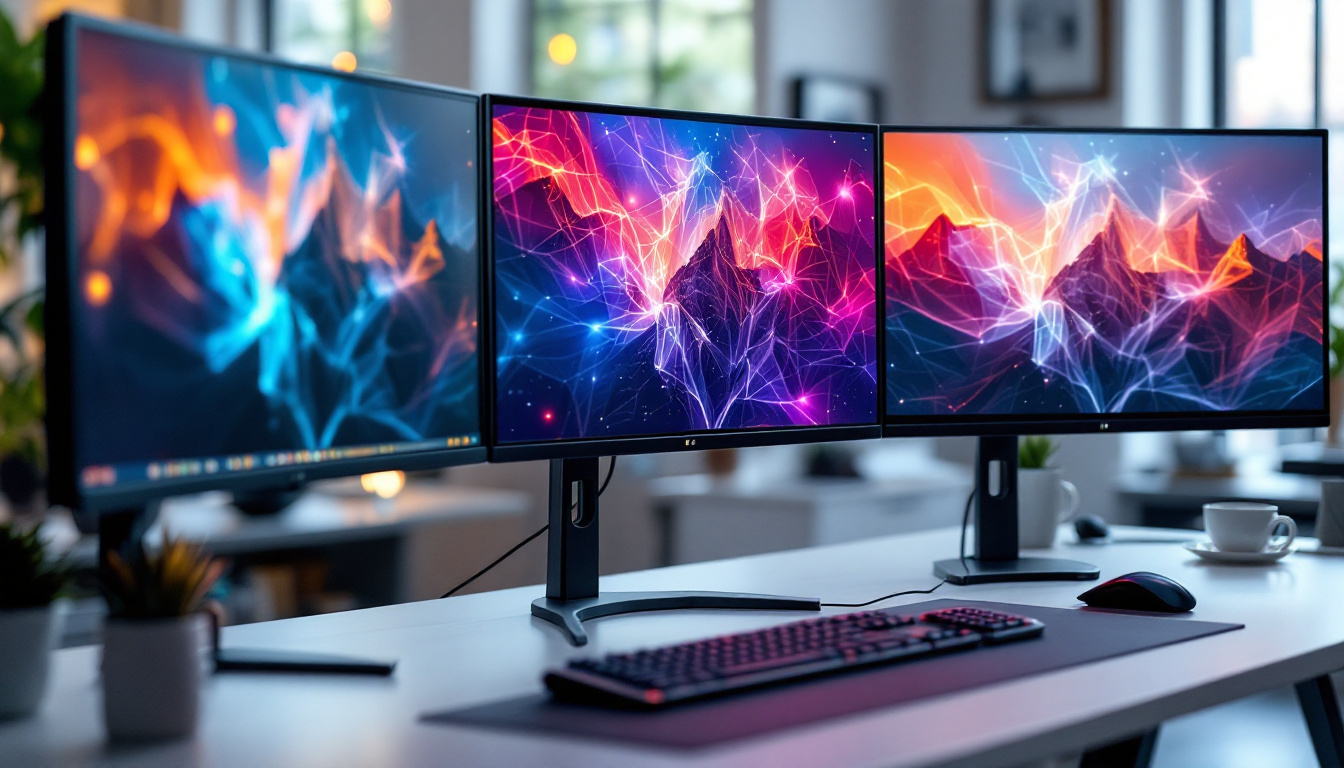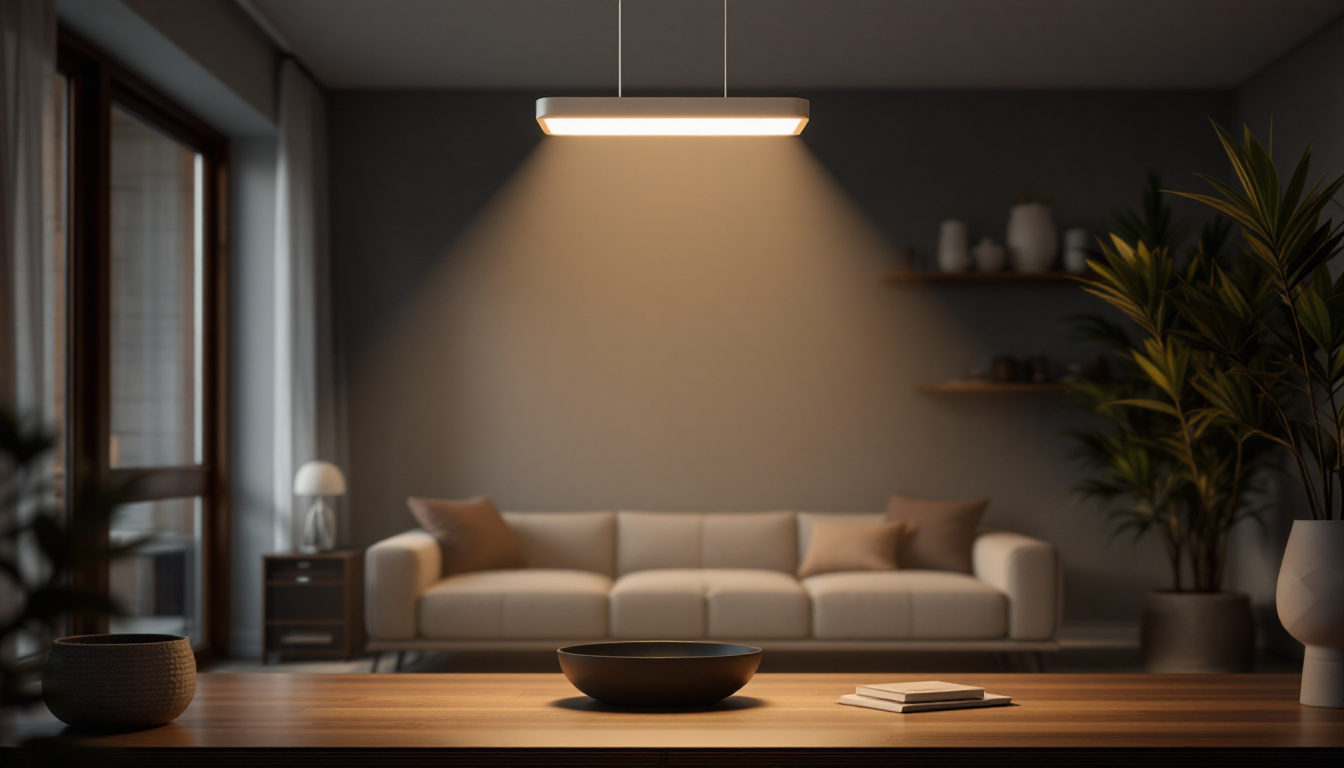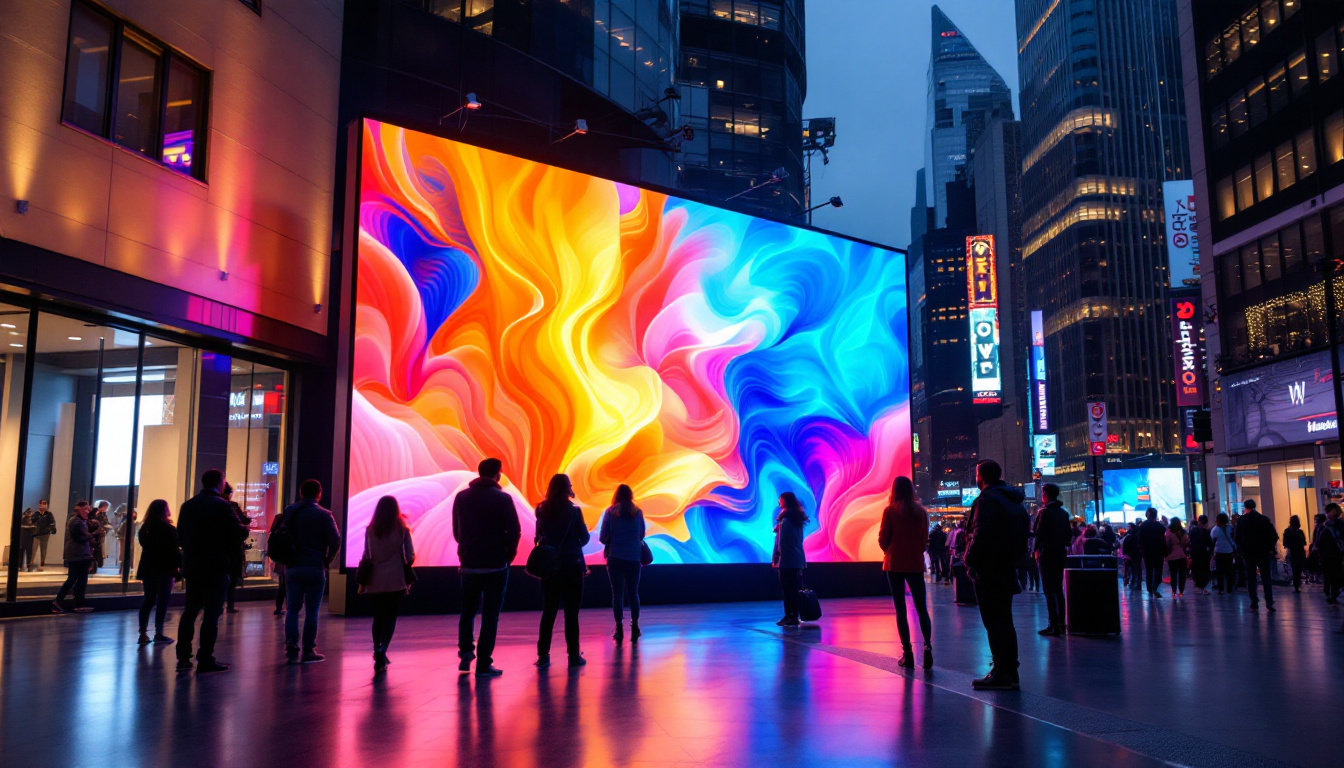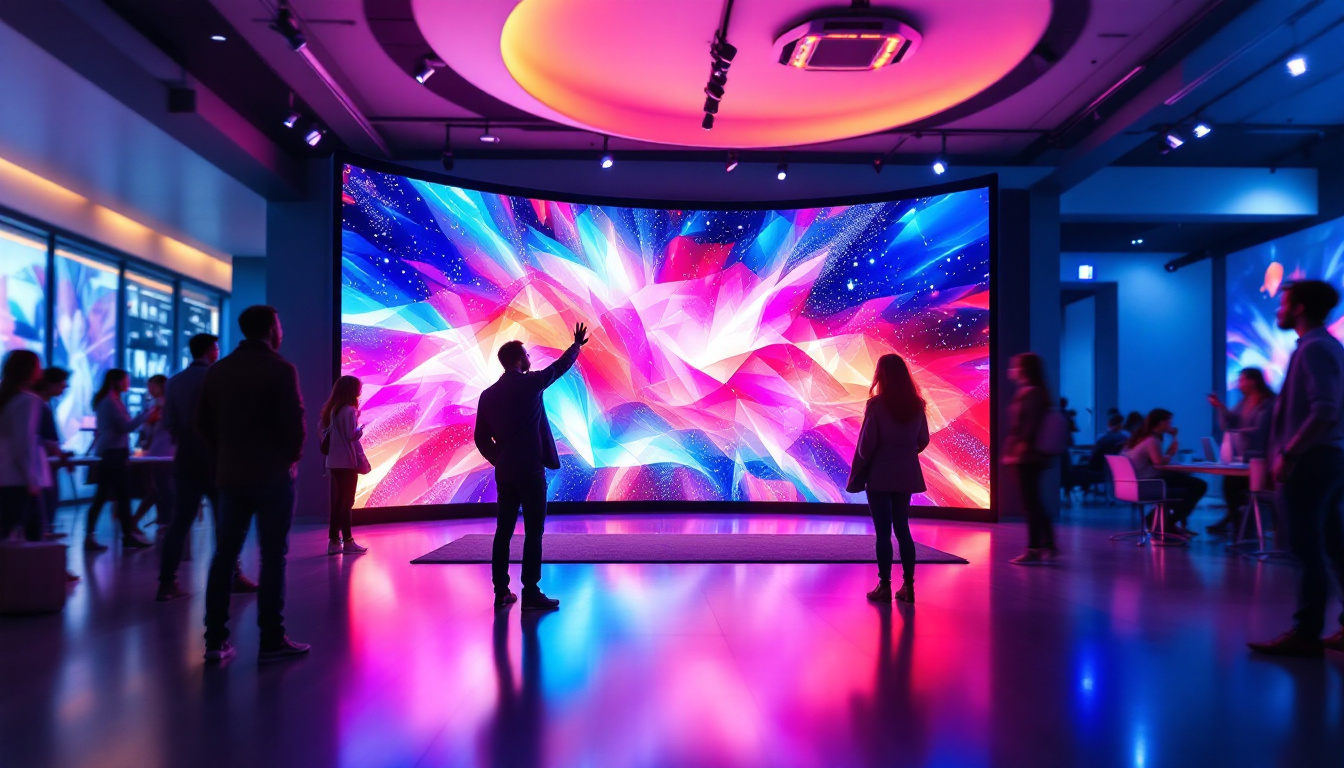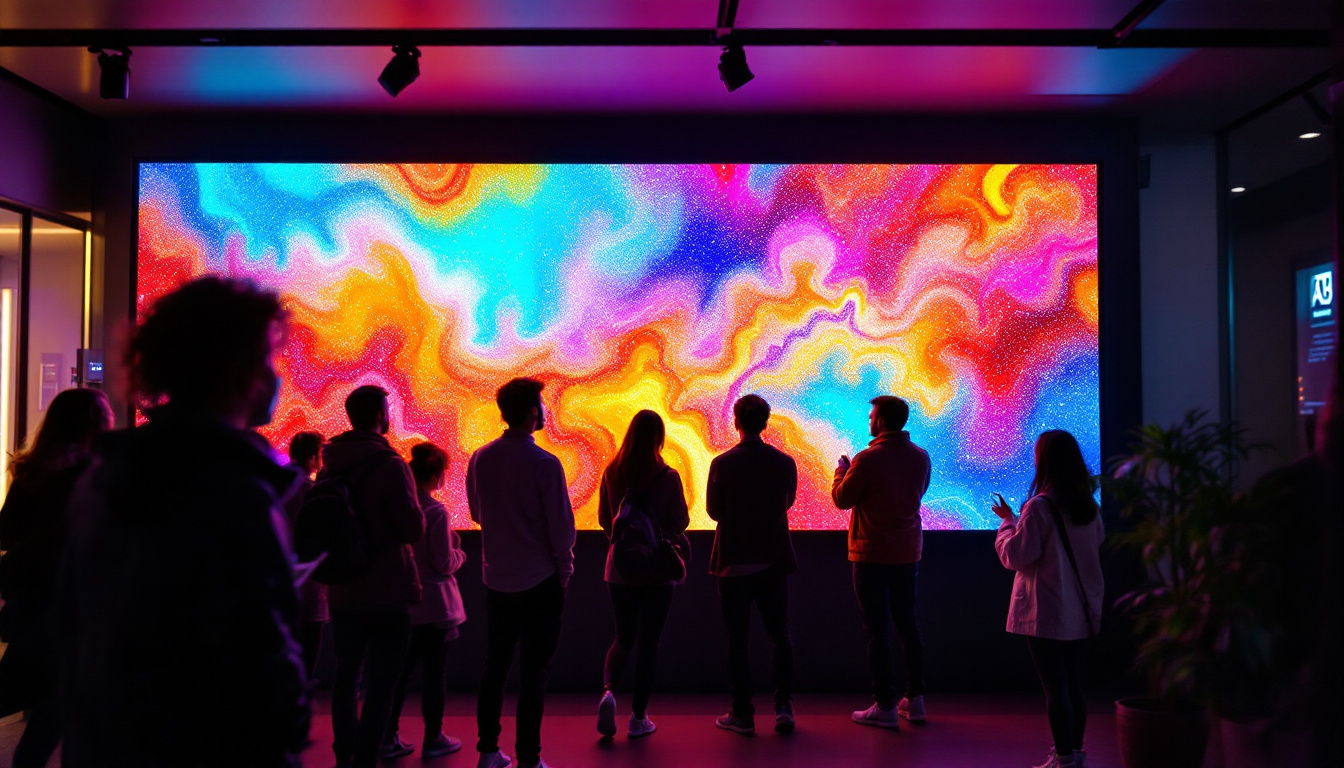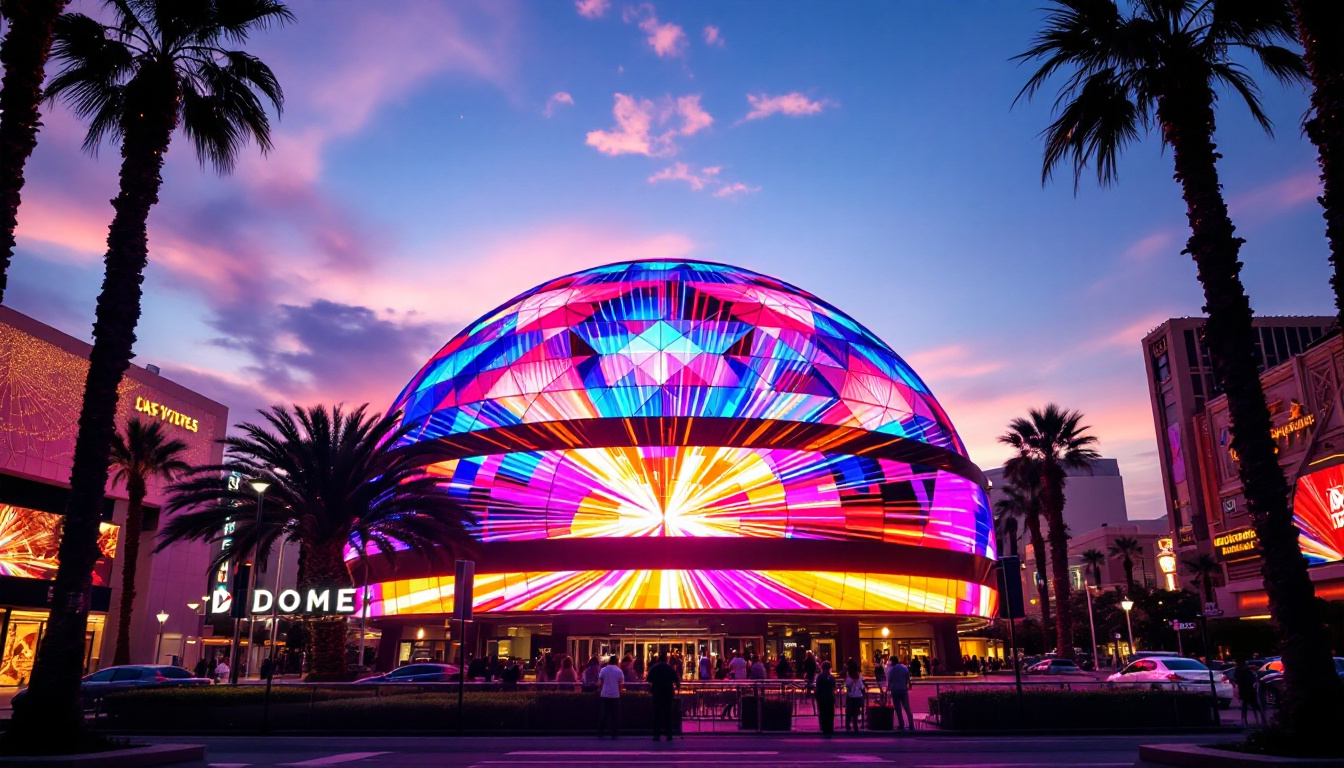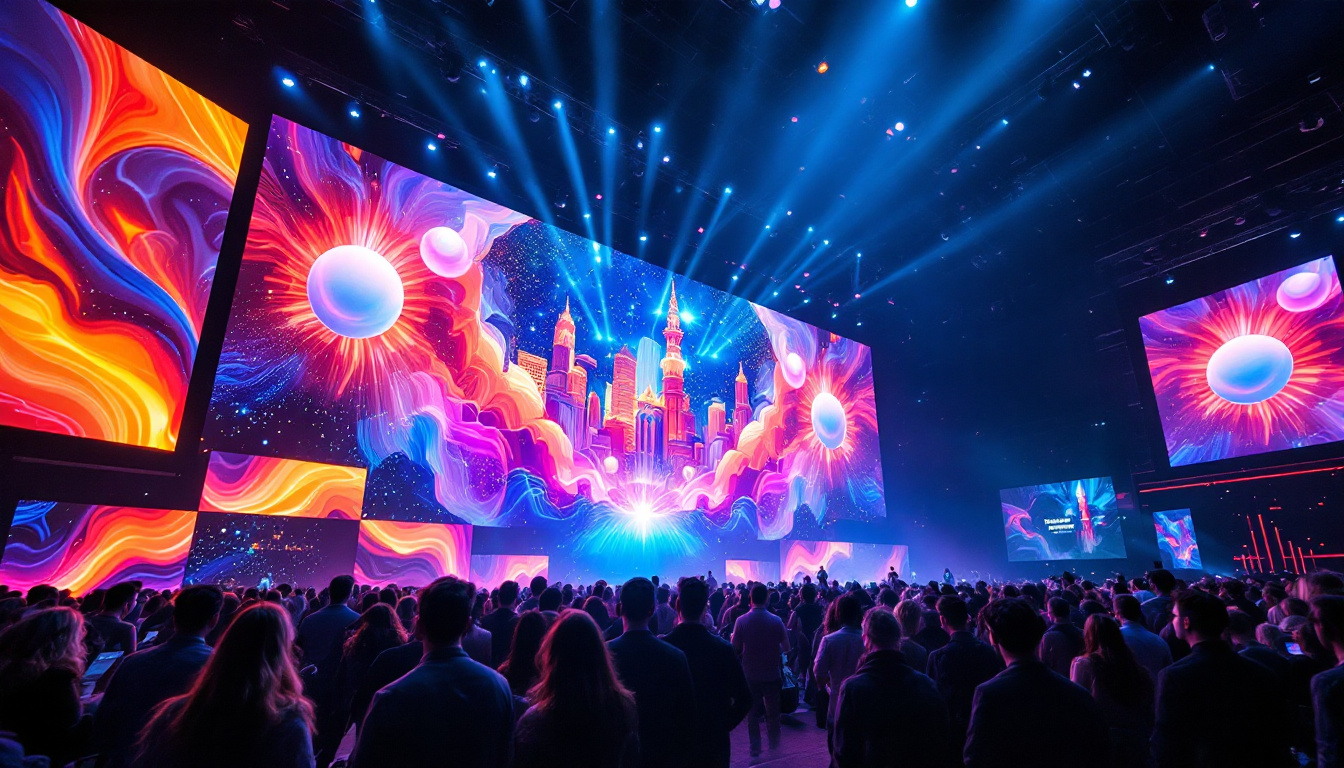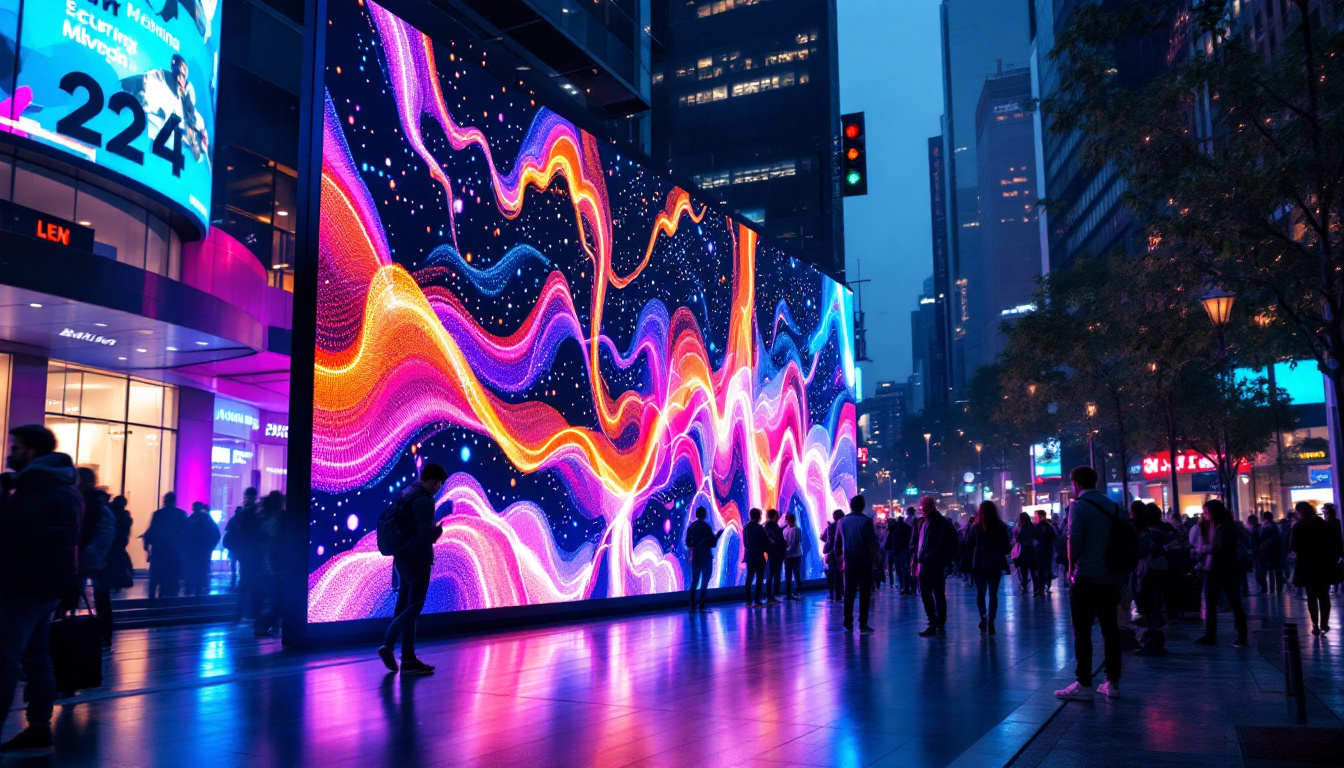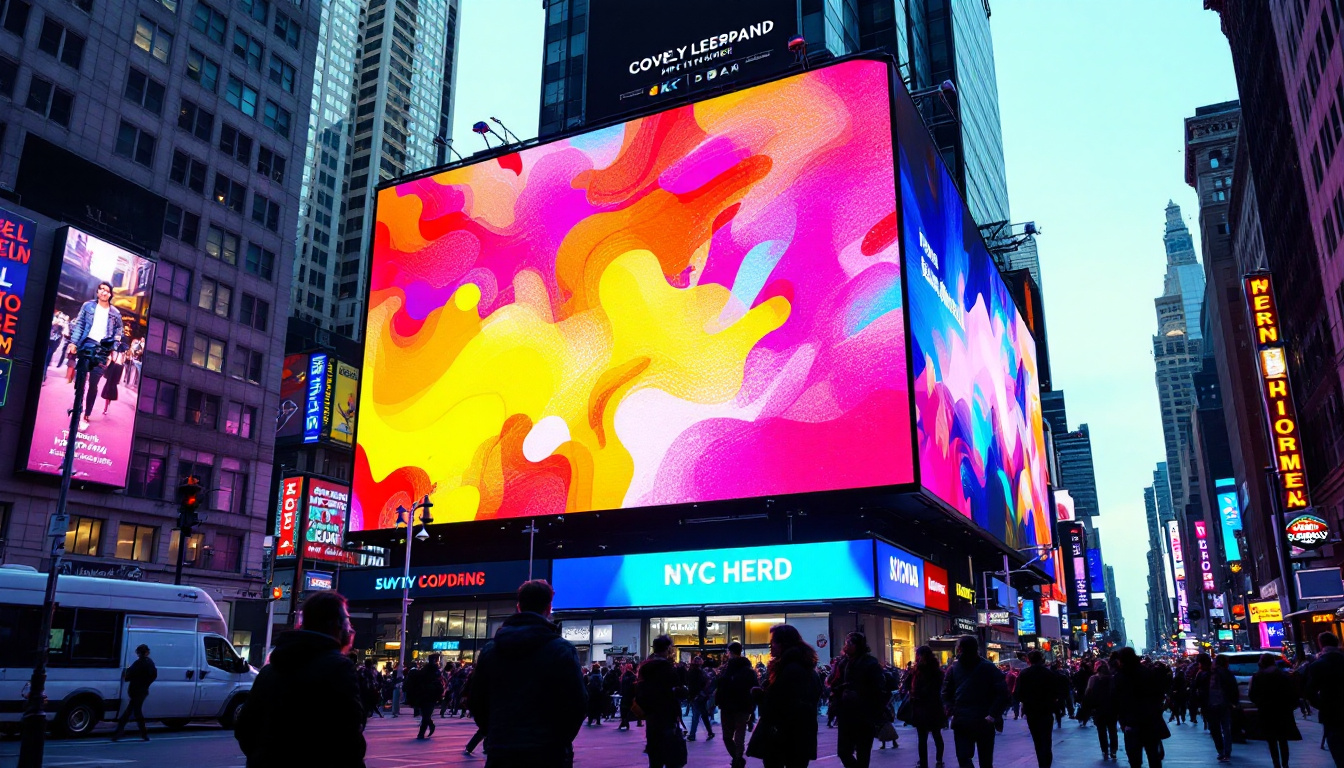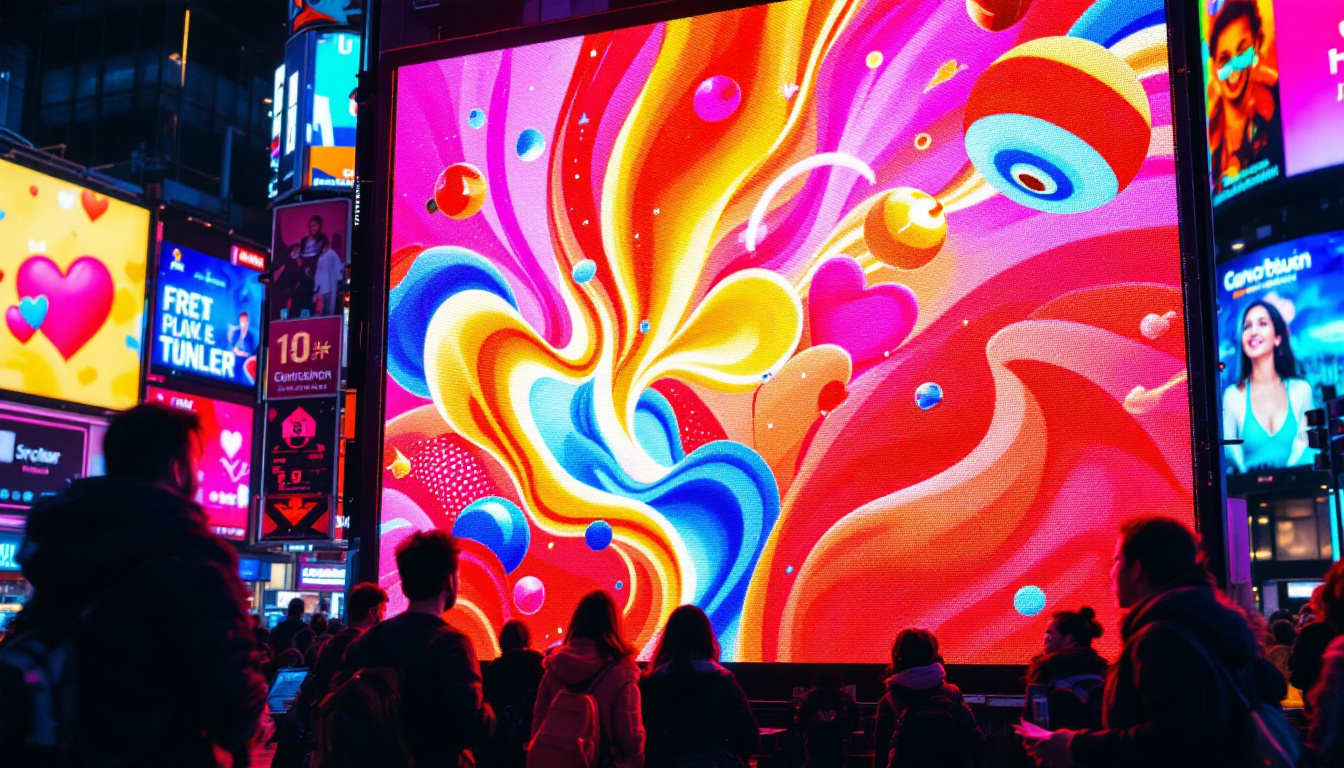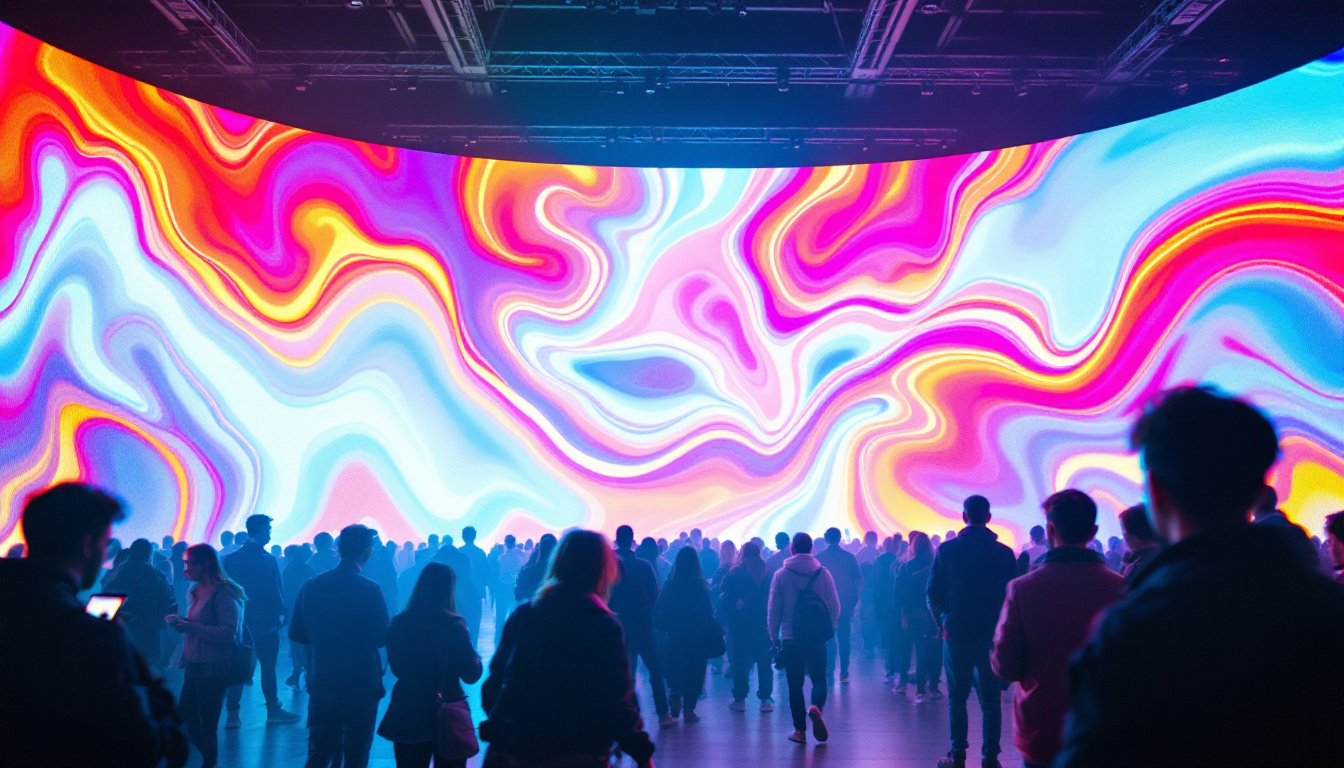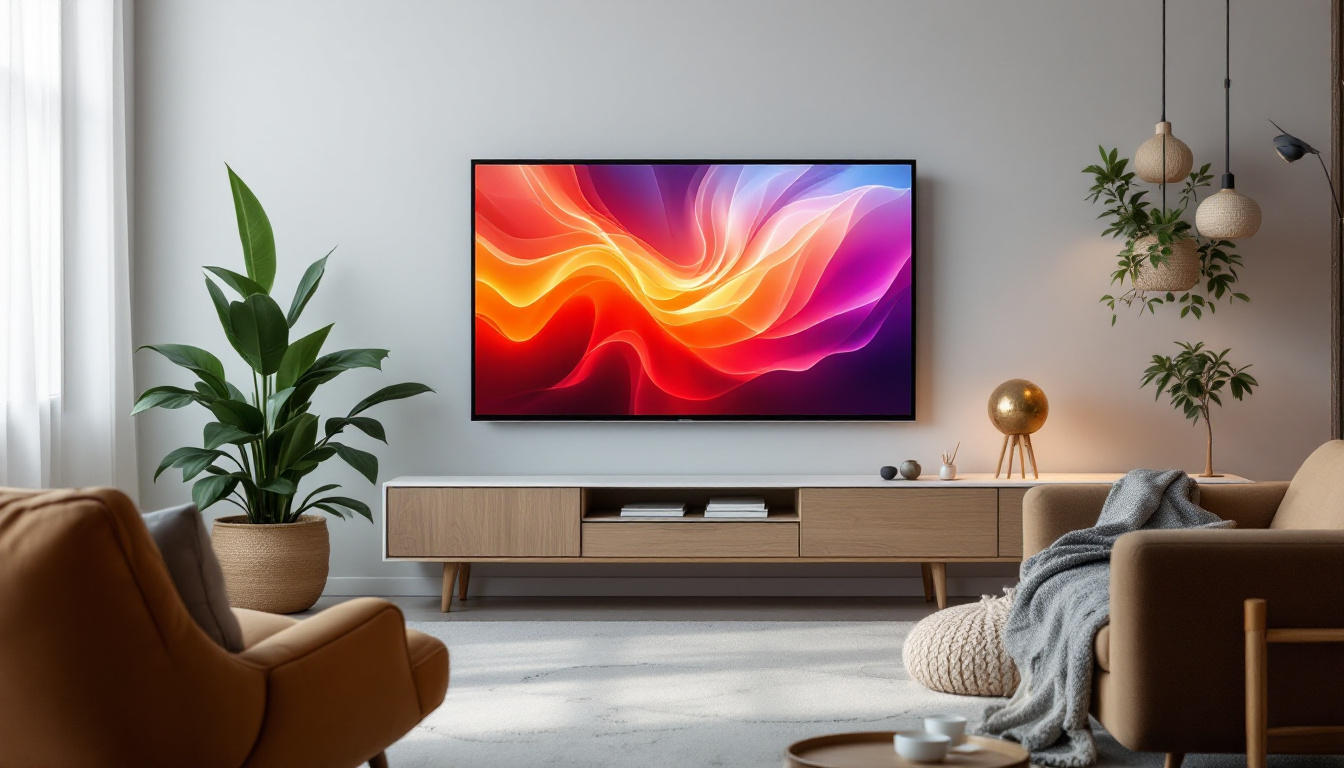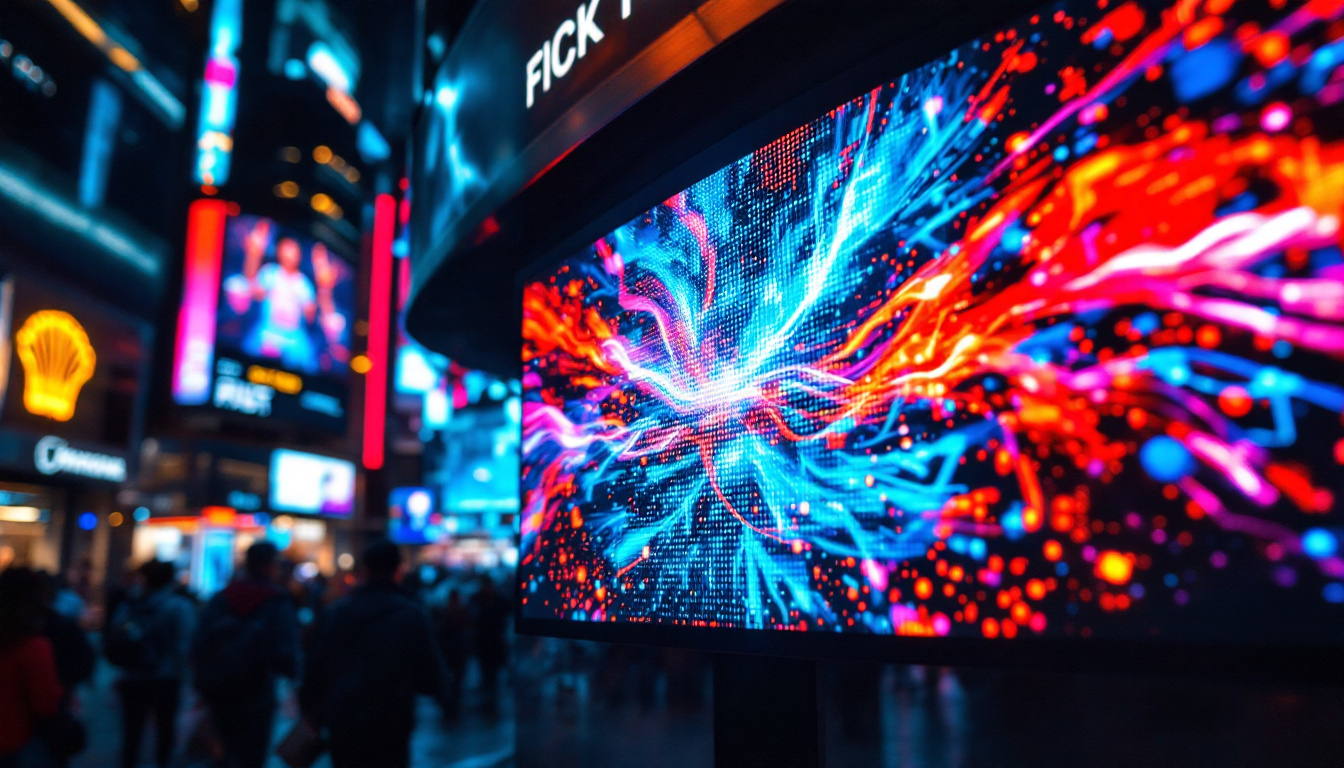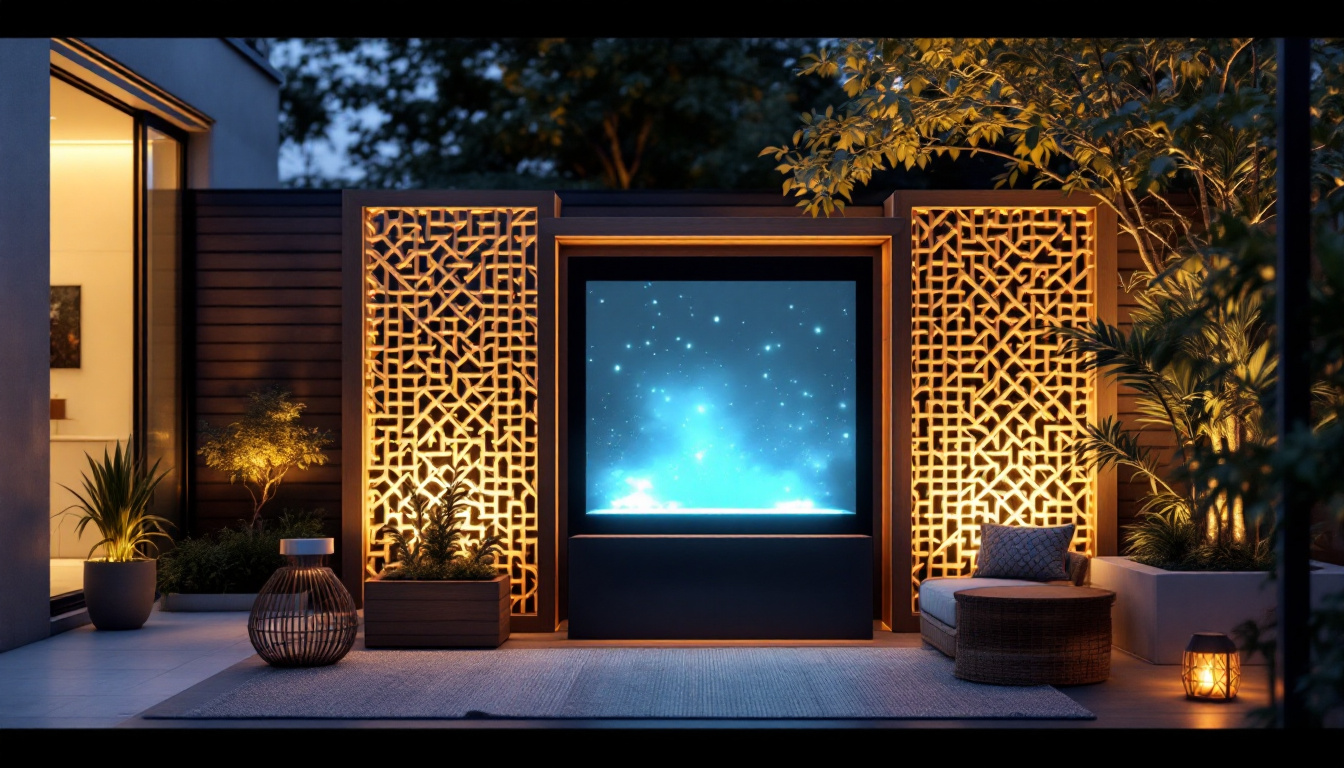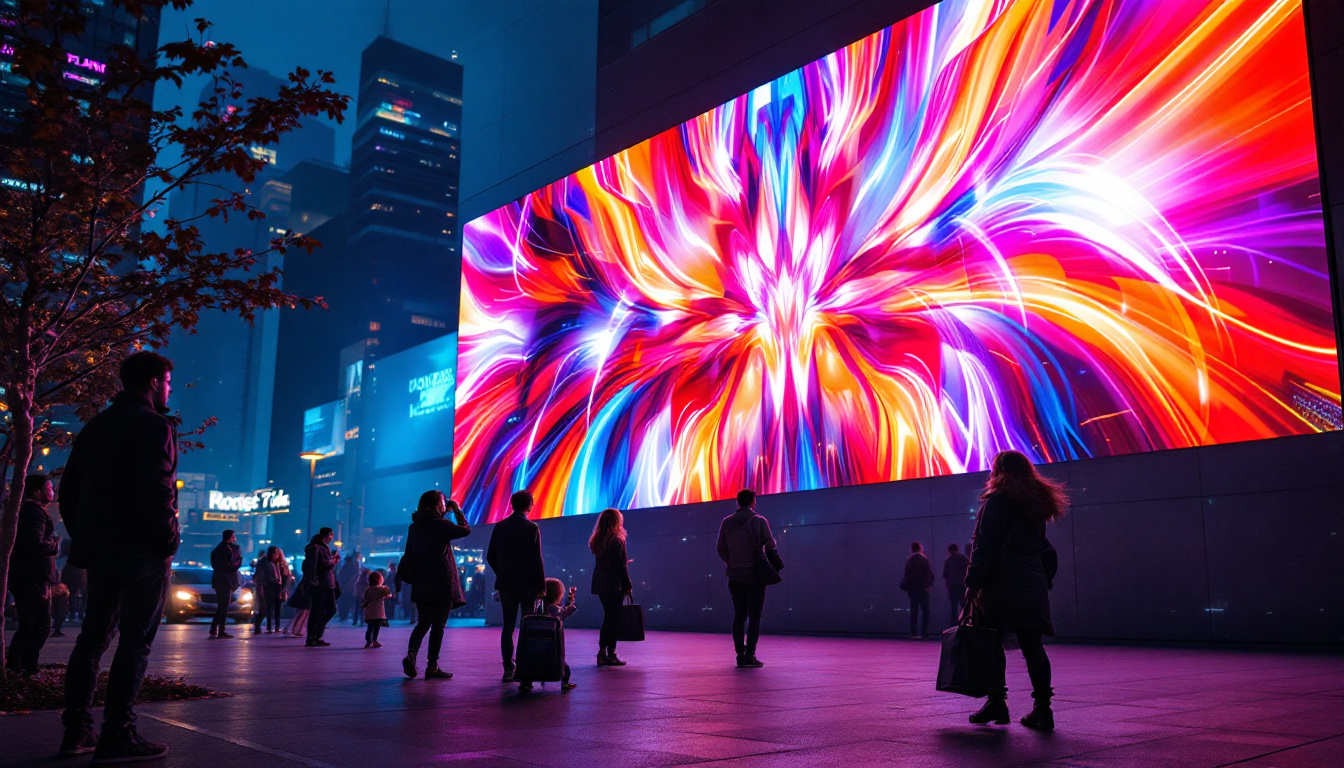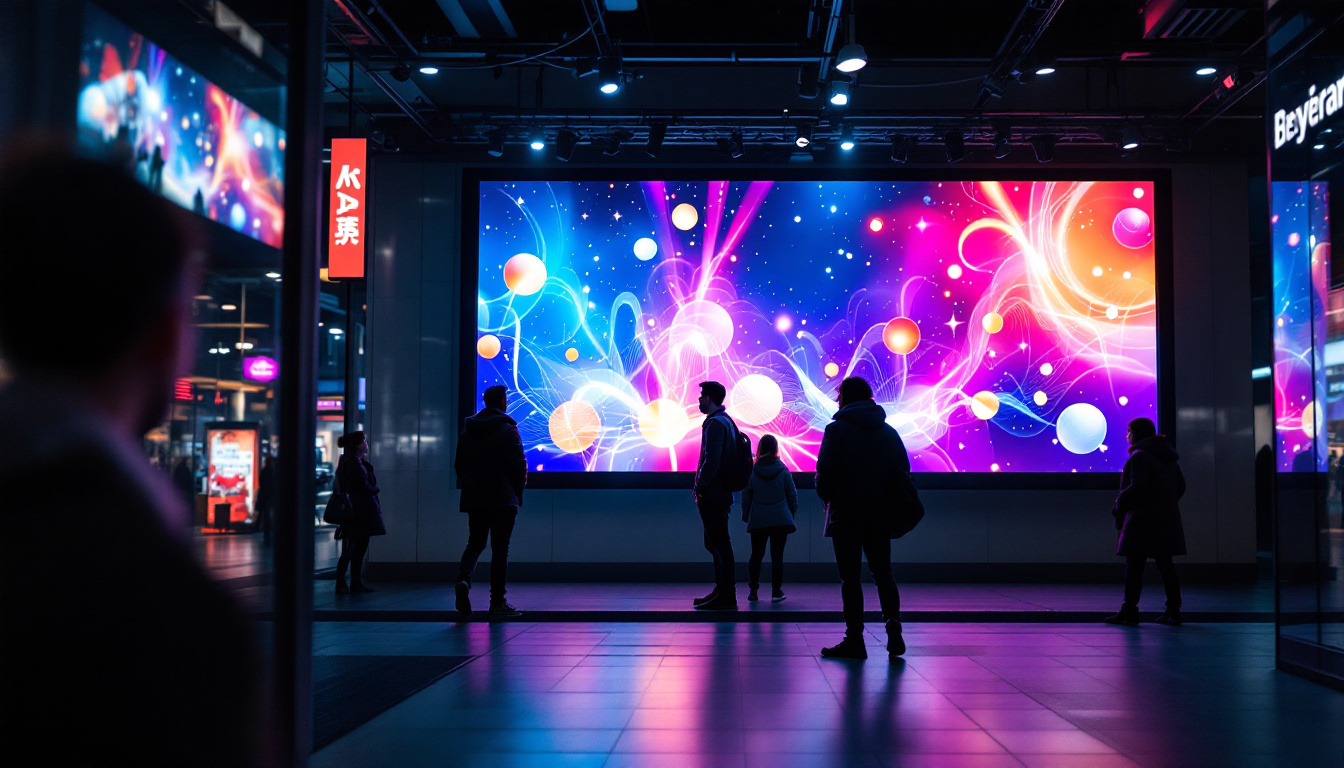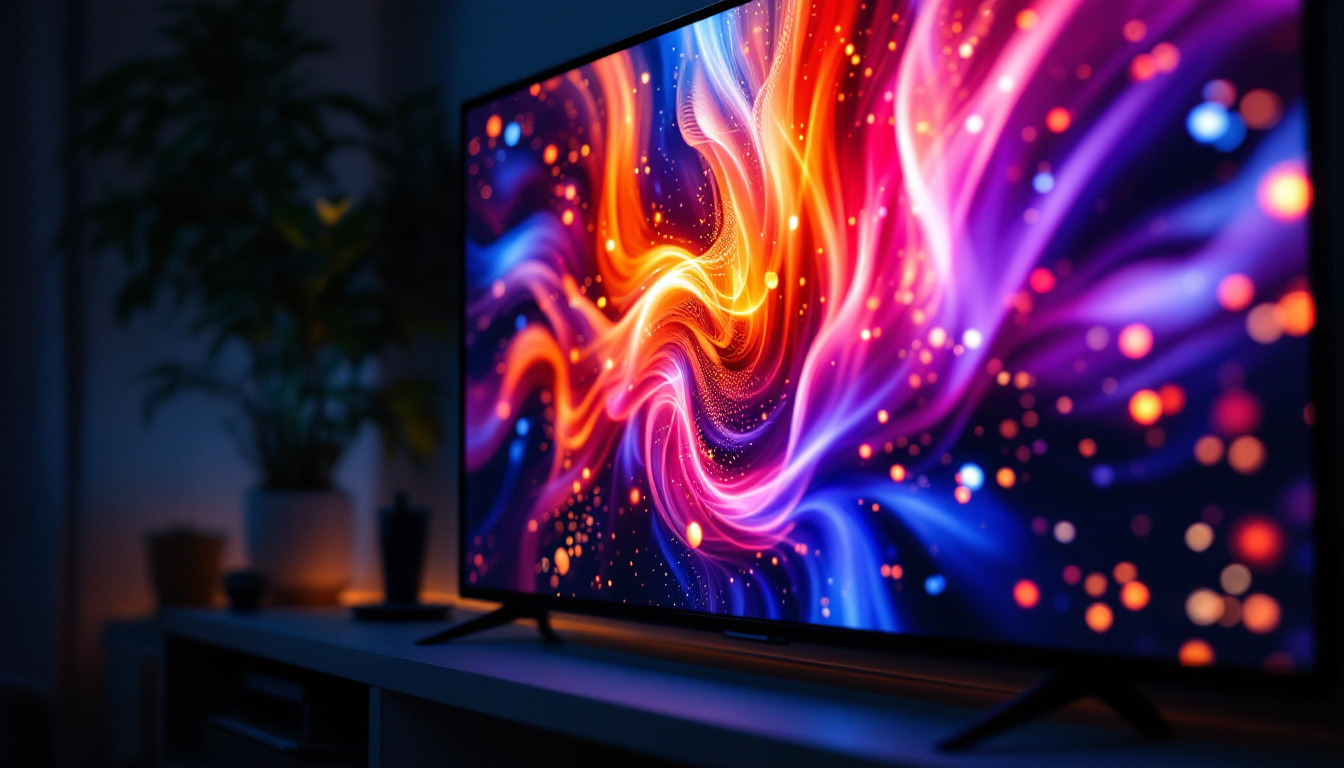In the modern business landscape, effective communication is crucial. As companies strive to enhance collaboration and presentation capabilities, the conference room has evolved into a high-tech environment where ideas are shared and decisions are made. One of the most significant advancements in this space is the introduction of video walls, particularly those utilizing LED display technology. This article delves into the intricacies of conference room video walls, their benefits, and how they can transform the way businesses operate.
Understanding LED Display Technology
LED (Light Emitting Diode) technology has revolutionized the display industry, providing vibrant colors and exceptional clarity. Unlike traditional projectors or LCD screens, LED displays offer a seamless viewing experience, making them ideal for large conference rooms. Their ability to deliver sharp images and dynamic content has made them a staple in modern presentations, enhancing communication and engagement during meetings.
How LED Displays Work
LED displays consist of numerous tiny light-emitting diodes arranged in a grid. Each diode can emit different colors, and when combined, they create a full spectrum of colors and images. This technology allows for high brightness levels and improved contrast ratios, making the displays visible even in well-lit environments. Additionally, the rapid response time of LEDs ensures that moving images are displayed smoothly, which is crucial for video content and dynamic presentations.
Moreover, LED displays can be configured in various sizes and shapes, enabling businesses to create custom video walls that fit their specific needs. This flexibility is one of the reasons why LED technology has become the preferred choice for conference rooms. From curved displays that wrap around a room to large flat panels that span entire walls, the adaptability of LED technology allows companies to design immersive experiences that captivate their audience.
Types of LED Displays
There are primarily two types of LED displays used in video walls: Direct View LED (DVLED) and LED-backlit LCD. DVLED displays are made up of individual LED modules that can be tiled together to form a larger screen. This type offers superior image quality and is often used for larger installations. The modular nature of DVLED also means that if one module fails, it can be easily replaced without affecting the entire display, ensuring minimal downtime.
On the other hand, LED-backlit LCD displays use LED lights to illuminate an LCD panel. While they are generally less expensive, they do not provide the same level of brightness and color accuracy as DVLED displays. Understanding the differences between these types is essential for making an informed decision when investing in a video wall. Furthermore, advancements in technology have led to innovations such as mini-LED and micro-LED displays, which promise even greater efficiency and performance. These newer technologies are paving the way for thinner, lighter displays that can deliver exceptional quality while consuming less power, making them an attractive option for environmentally conscious businesses.
Benefits of Conference Room Video Walls
Implementing a video wall in a conference room can offer numerous advantages, enhancing both the functionality and aesthetics of the space. Here are some key benefits:
Enhanced Collaboration
Video walls facilitate better collaboration among team members by providing a large, clear display for presentations, video conferencing, and brainstorming sessions. With a video wall, participants can share their ideas in real-time, making it easier to visualize complex concepts and data.
Additionally, video walls can support multiple inputs simultaneously, allowing different team members to present their work without the need to switch between devices. This capability fosters a more inclusive environment, encouraging participation from all attendees. The ability to display various content types—such as charts, graphs, and videos—simultaneously can lead to richer discussions and more informed decision-making, as everyone can see the same information at once, eliminating misunderstandings and ensuring clarity.
Improved Engagement
Engagement is a critical factor in successful meetings. A video wall captures attention more effectively than traditional displays, thanks to its size and dynamic content capabilities. Businesses can utilize high-quality visuals, animations, and videos to convey their messages, making presentations more impactful.
Moreover, the immersive experience provided by a video wall can help maintain focus during lengthy meetings, reducing distractions and promoting active participation. Interactive elements, such as touch capabilities or integrated polling systems, can further enhance engagement by allowing attendees to contribute their thoughts and feedback in real-time, creating a more dynamic and participatory atmosphere.
Versatility and Customization
One of the standout features of video walls is their versatility. They can be customized to fit various applications, from displaying corporate branding to showcasing live data feeds. This adaptability allows businesses to tailor the content to suit their specific needs and objectives.
Furthermore, video walls can be easily updated with new content, ensuring that the information displayed is always relevant and current. This flexibility makes them an excellent investment for businesses looking to stay ahead in a fast-paced environment. Additionally, video walls can be configured in various layouts, whether a single large screen or a grid of smaller displays, allowing organizations to choose the setup that best fits their room dimensions and design aesthetics. This level of customization not only enhances the visual appeal of the conference room but also reinforces the company’s brand identity and values through consistent messaging and imagery displayed on the wall.
Key Considerations for Implementing a Video Wall
While the benefits of video walls are clear, there are several important factors to consider before making an investment. Understanding these considerations can help ensure a successful implementation.
Space and Layout
The first step in planning a video wall is assessing the available space. Conference rooms come in various sizes and shapes, and the layout will significantly impact the size and configuration of the video wall. It’s essential to choose a location that provides optimal viewing angles for all participants.
Additionally, consider the room’s lighting conditions. LED displays perform well in bright environments, but excessive glare can still hinder visibility. Proper placement and potentially using window treatments can help mitigate these issues.
Resolution and Size
Choosing the right resolution and size for a video wall is crucial. Higher resolutions, such as 4K, provide sharper images and are ideal for displaying detailed graphics and text. However, the size of the video wall should also be proportionate to the room size and the distance from which attendees will view it.
It’s important to strike a balance between size, resolution, and budget. A well-planned video wall will enhance the overall experience without overwhelming the space.
Integration with Existing Technology
Video walls should seamlessly integrate with existing technology in the conference room. This includes audio systems, video conferencing tools, and presentation software. Ensuring compatibility will enhance the user experience and streamline operations during meetings.
Moreover, consider the control systems used to manage the video wall. Intuitive control interfaces can simplify the process of switching between inputs and adjusting settings, making it easier for users to operate the system without extensive training.
Installation and Maintenance
Once the planning phase is complete, the next step is installation. Proper installation is crucial for ensuring the video wall operates effectively and lasts for years to come.
Professional Installation Services
While some businesses may consider a DIY approach, hiring professional installation services is highly recommended. Experts have the experience and knowledge to handle the complexities of video wall installation, including mounting, wiring, and calibration.
Professional installers can also provide valuable insights into optimizing the video wall’s performance and ensuring it meets the specific needs of the organization. This investment in expertise can save time and prevent potential issues down the line.
Ongoing Maintenance
Regular maintenance is essential for keeping a video wall in optimal condition. This includes routine checks of the hardware, software updates, and cleaning the display panels to prevent dust buildup. Establishing a maintenance schedule can help identify and address issues before they escalate.
Additionally, consider investing in a service contract with the installation company. This can provide peace of mind, ensuring that professional support is available when needed.
Future Trends in Video Wall Technology
The landscape of video wall technology is continually evolving, with new advancements emerging regularly. Staying informed about these trends can help businesses make strategic decisions regarding their conference room setups.
AI and Automation
Artificial Intelligence (AI) is beginning to play a significant role in video wall technology. AI can enhance user experience by automating content management, adjusting brightness based on ambient light, and even analyzing viewer engagement. These features can help businesses optimize their presentations and improve overall effectiveness.
Furthermore, AI-driven analytics can provide insights into how the video wall is being used, helping organizations refine their content strategies and maximize the return on investment.
Interactive Displays
Another trend gaining traction is the integration of interactive displays into video walls. Touchscreen technology allows users to interact with the content displayed, making presentations more engaging and collaborative. This interactivity can lead to more dynamic discussions and brainstorming sessions, fostering creativity and innovation.
As businesses continue to seek ways to enhance collaboration, interactive video walls are likely to become a standard feature in modern conference rooms.
Conclusion
In summary, conference room video walls utilizing LED display technology represent a significant advancement in business communication. Their ability to enhance collaboration, improve engagement, and offer versatility makes them an invaluable asset for organizations looking to thrive in a competitive landscape.
By understanding the technology, benefits, and considerations for implementation, businesses can make informed decisions that align with their objectives. As technology continues to evolve, staying abreast of future trends will ensure that conference rooms remain at the forefront of innovation.
Investing in a video wall is not just about upgrading technology; it’s about creating an environment that fosters collaboration, creativity, and success. As organizations embrace this transformation, the potential for improved communication and productivity is limitless.
Discover LumenMatrix’s Innovative LED Solutions
Ready to elevate your conference room with the latest in LED display technology? Explore LumenMatrix’s comprehensive range of LED display solutions, designed to transform your business environment and enhance every presentation. From Indoor LED Wall Displays to Custom and Transparent LED options, LumenMatrix is at the forefront of creating immersive visual experiences that captivate and engage. Check out LumenMatrix LED Display Solutions today and take the first step towards revolutionizing your visual communication.


